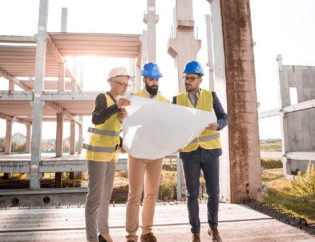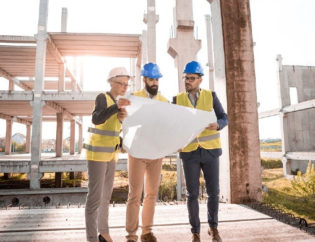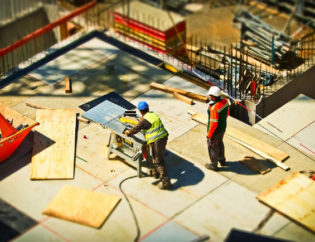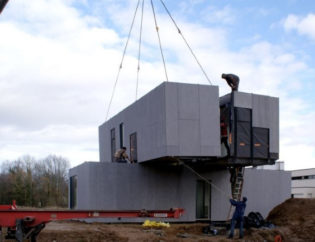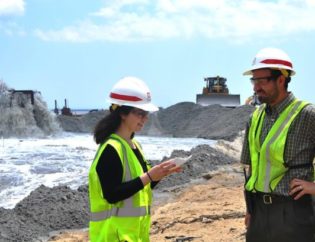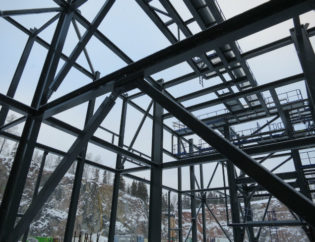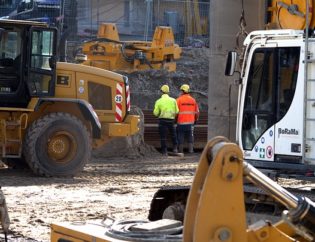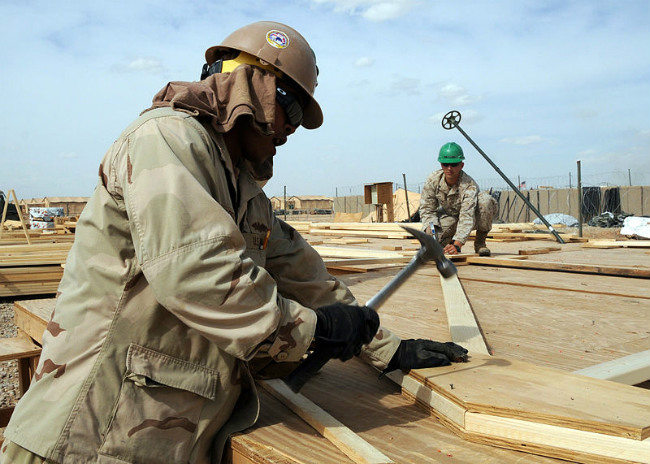
Prefabrication is an advanced technique to construct pre-engineered buildings in this era where constructors and architects are jostling for space to execute multiple projects. The construction elements and structures are fabricated at a manufacturing site and transported to a far off, remote construction site where they are assembled together. Prefabrication processes are so flexible that either complete structures or sub-assembled, both can be transported to the respective construction site for erecting modular buildings.
The biggest and most efficient advantage of choosing prefabrication construction method is that factory tools like cranes and conveyors don’t have to transport basic materials all the way to the site each time a structure needs to be erected. This indirectly reduces construction costs and time, employing comparatively less labour on site.
But the concept of pre-engineered buildings has its own basket of interesting facts and secrets that might surprise you with how the method of prefabrication has evolved and how it has changed the face of modular construction for the millennial world.
1. Prefabrication Is Flexible for Customization as Per Budget
Pre-engineered buildings or modular buildings have the advantage of being easily dismantled or re-assembled at any location whenever it’s required. In some emergency cases, some buildings can be entirely recycled. This recycling process drastically reduces the need for excess, new raw materials and factory tools. The flexible aspect of prefabrication isn’t for the rigid modular building but it is beneficial when it comes to the construction budget, the timeframe of the project, the specifications of the construction structures, and transportation.
Another interesting fact about the flexibility of the prefabrication process is that clients get the option of either renting or permanently purchasing the modular structures depending on their affordability. Modular building companies customize construction structures to meet all precise requirements and specifications. You, as a client, have the liberty to choose from a vast range of design ideas and concepts and still stay on a budget. With accordance to a report published by the Building Industry Association of Philadelphia, choosing modular or pre-engineered buildings reduces the construction costs of the project by 9% to 20%.
2. Prefabrication Is Actually Ancient, and Not a New Concept
The process of prefabrication dates back centuries ago to around AD 43. But its perception and execution have faced modifications since then and have evolved depending on environmental conditions and availability of construction materials. Ancient concepts like local customs, traditions, and beliefs have had an impact on prefabrication techniques over the years. The Romans were the ones who used prefabrication techniques to build their forts and structures quickly.
Interestingly, the early stone age civilizations built StoneHenge, now located in England, during the Neolithic period in 3100 BC. The infamous StoneHenge was constructed in various stages where each upright tapered stone and the lintel stone were separately chiselled and placed together using tenon and mortise joints. This is just one example of such pre-engineered buildings in the ancient world. There are many such interesting buildings that defy conventional building construction methods.
3. Prefabrication Is Environment-Friendly
One of the defining characteristics of prefabrication for modular structures is that it is way more efficient in terms of resources as it conserves time, energy, and raw materials with minimal wastage. During the construction process, pre-engineered buildings reduce energy consumption by a considerable amount. This indirectly reduces energy costs for the building occupants as well.
Today, most pre-engineered buildings like commercial spaces, schools, hospitals, hotels, homes, etc. are built with the sole intention of being environment-friendly. This suggests that utilizing energy efficient window glasses, installation of solar panels and water heaters, and replacement of the HVAC systems with geothermal systems, all belong to modular construction.
4. Prefabrication Is Available in Varied Ranges of Shapes and Sizes
The process of prefabrication can be utilized for constructing and creating any kind of structure. From a compact building to a multimillion-dollar structure. New or recycled modular buildings can be seen in sleek, modern, and contemporary styles of design.
5. Prefabrication Is a Quick Process but Doesn’t Compromise on Quality
The manufacturing unit has a controlled factory environment where each module is individually built. This makes it easier to monitor the used material’s quality closely. Even during construction, trained engineers conduct timely inspections only to ensure the finished product is of top-notch quality.
Now, while assembling these modules on-site, construction companies must adhere to some state-imposed codes and regulations. The trick here is that these companies have already prefabricated the modules with utmost precision and this makes the assembling process quick and efficient, like the perfect pieces of a puzzle. Combining quality construction with record timing, one of China’s modular companies built and completed a 57-storey building construction process in just 19 days!
6. Prefabricated Structures Are Low Maintenance
Generally, modular buildings are constructed to be more durable than the buildings constructed by conventional techniques. Nails are replaced with screws and the joints of the modules are reinforced with glue to maintain structural integrity while transportation. In the construction of modular homes, 10%-20% excess lumber is used to keep the pre-engineered buildings more stable.
The prefabricated wall panels are built using durable materials and require very little maintenance apart from the occasional cleaning of the surface. Surface repairs and repainting are not usually required for prefabricated structures.
7. Prefabricated Structures Offer Tax Benefits
Loans taken to permanently purchase or build a modular home are completely tax deductible. Interestingly, even the ones purchased without loans are tax deductible. Additionally, if your modular home has solar panels, solar heaters, wind turbines, or geothermal systems installed, you can strike off 30% of the costs from your taxes for each system that is installed.
There isn’t such a thing called ‘demolition’ when it comes to modular buildings. The modules can simply be dismantled and reassembled depending on the new occupant’s specifications and preferences. Before you invest in a modular building, consult our fabricators to have clarity about our prefabrication solutions for every kind of project.
